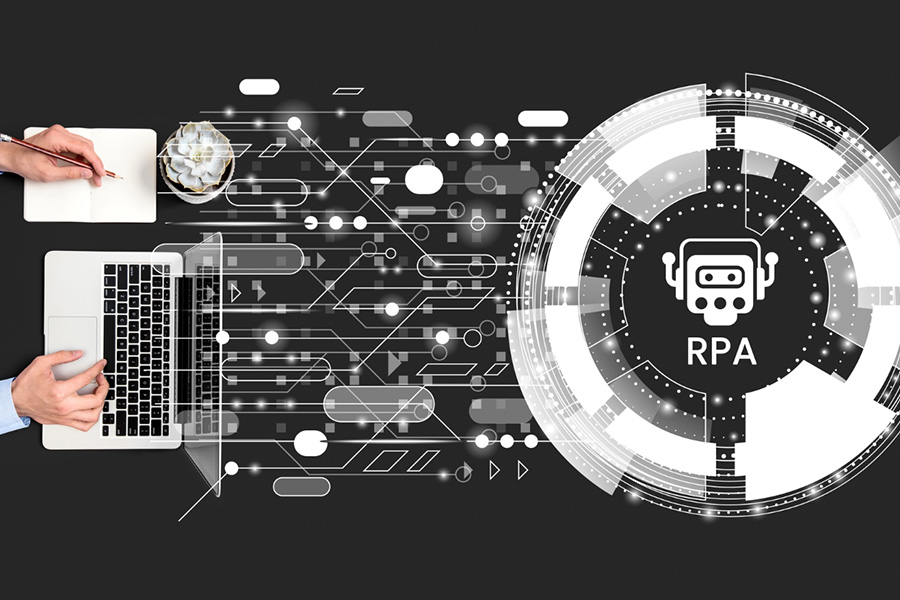
RPA security requires strong governance, robust testing, and ongoing monitoring to mitigate risks and challenges.
Authors
Shashank Mittal, Associate Professor, Jindal Global Business School, O.P. Jindal Global University, Sonipat, Haryana, India
Shivani Dhand, Lovely Professional University, India
Thi Minh Ngoc Luu, International School, Vietnam National University, Hanoi, Vietnam
Summary
This chapter discusses the inherent weaknesses of RPA systems and provides solutions to mitigate associated risks. Increasingly, organizations are deploying RPA to improve operational efficiency. But this also comes with challenges such as security, data privacy, and regulatory compliance. Some of the key vulnerabilities involved are flaws in software architecture, human error, third-party integrations, and gaps in governance operations. The next chapter will also illustrate how seriously those strong governance frameworks, robust testing processes, and ongoing monitoring are taken to protect the RPA deployments. With AI integration, the ever more complex theme of remote work, and a changed regulatory scene, the future directions for the same are discussed. A proactive attitude towards security will keep the organizations safe from challenges by the RPA system and will help them gain all the benefits of automation with risks minimized.
Published in: Intelligent Robotic Process Automation: Development, Vulnerability and Applications
To read the full chapter, please click here.

